3 things Google needs to fix for Android to catch up to iOS
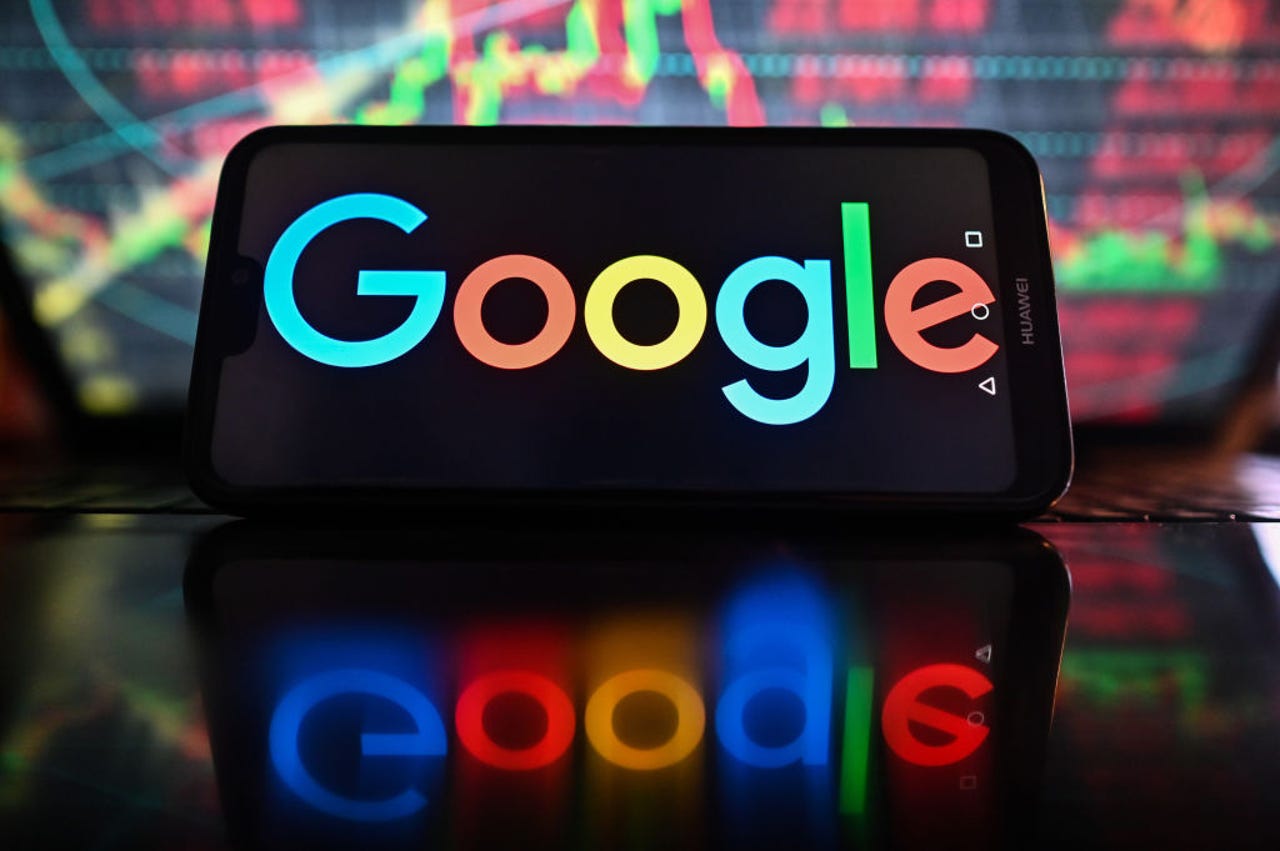
There’s no mistaking that Android is the dominant global mobile OS. With a 71.72% market share across the world, it doesn’t seem like iOS will ever overtake Google’s OS. However, if you look at certain markets (specifically the US and Japan), iOS dominates.
What’s the deal?
Also: Samsung Galaxy S23 Ultra vs iPhone 14 Pro
Well, Android’s global domination is made possible because of countries like India, which have massive populations that cannot afford the more costly iOS devices.
Because Android devices can be made and sold cheaply, such populations really have no other choice than to go with Google’s mobile OS.
But why does iOS dominate countries like Japan and the United States? Given the numbers, one would think the desktop operating system would play a large role in that. However, MacOS only holds a 14.66% market share worldwide and only a 26.92% market share in the US.
Clearly, desktop operating system usage doesn’t dictate mobile operating system usage.
So, what gives? Why can’t Android gain much more of a foothold in wealthier countries?
I have a few ideas on this subject I’d like to share.
Let’s go for a ride.
It starts with the ecosystem
One thing that Apple does better than anyone else is its ecosystem. Sure, Google wants you to think it has the best ecosystem on the planet, what with Android’s tight integration into Google Workspace. But that’s not the ecosystem I’m talking about.
Everyone has a cloud option, so Google can’t really stake the claim that Android is special because of Google Drive, Photos, Docs, Gmail, etc.
Also: How to unsend an email in Gmail
The ecosystem to which I am referring is more about device interconnectivity. When you use an iOS device, it seamlessly integrates with your MacOS devices and your WatchOS devices. That integration is much more important than Google thinks.
Consider this: Just syncing an Android device with a desktop is not only more complicated than the average user wants to bother with, but the integration is also minimal at best. And as far as the Android phone and watch integration… you better have an app installed on your phone or it’s not going to happen.
Also: How to link and sync your Android phone with Windows 11
Here’s an example. Prior to buying a Pixel Watch, I had a Samsung smartwatch. To gain any level of integration with my phone, I had to install two different applications: Samsung Health and Galaxy Wearable. With those apps installed, I could track fitness, accept phone calls, receive notifications, and more. Without those apps? Nothing.
The same thing holds true with the Pixel Watch. To get a similar level of integration, I had to install the Fitbit app. Even then, the integration wasn’t nearly what you’ll find between an iPhone and Apple Watch. What’s even more maddening is that my Pixel Watch is paired with a Pixel phone. You would think that integration would be built in… but no.
To get any sort of integration with my desktop, I have to go through the hoops of installing third-party software. And just because Linux is my OS of choice doesn’t matter. It’s the same if you use Windows or MacOS.
Review: Google Pixel Watch: Not the Apple Watch of Android (yet)
Android simply isn’t built to integrate well with desktop operating systems and is barely capable of integrating with wearables without installing more apps. Even integrating an Android phone with a Chromebook is awkward at best. Google needs to fix this with the following solutions:
- Create an official desktop app that is easily installed on all operating systems.
- Make Pixel Watch and phone integration built-in and complete.
- Bake in other popular wearable device support (such as Samsung watches) into Android.
- Ensure Android tablets seamlessly integrate with Android phones and wearables.
- Improve integration with IoT devices.
That’s a considerable to-do list, but it’s also one that should have been taken care of a long, long time ago. Because of this hesitation, Android is way behind iOS in the realm of ecosystems.
Innovate better and faster
Here’s the thing: The Pixel 7 phone is brilliant but it’s taken seven iterations to get there. Google’s first Pixel device should have been more like the seventh. Unfortunately, Google doesn’t seem to understand that consumers in wealthier countries like the US and (especially Japan) see big, bold, and fast innovation as the key to success. Where Apple makes incredible strides and does with very obvious innovation, most of Google’s biggest steps forward are found under the hood.
Also: Pixel 7 and Pixel 7 Pro hands-on: The start of Google’s walled garden
Take, for instance, the Pixel 6 Pro. That device introduced the Tensor chip. Although it was an important step forward, do you really think the average consumer cared about such a thing? On the other side of the coin, Apple introduces AirTags and consumers go crazy.
Google introduces a new and improved camera with the Pixel 7 that takes incredible photos, yet it can’t seem to gain the traction Apple has thanks to the number of filmmakers creating with iPhones. That, my friends, speaks volumes. The cred iPhones receive from well-established filmmakers creating on Apple devices not only makes consumers believe they can do the same, but it’s also a brilliant marketing strategy.
Another innovation that Apple will probably use to crush Google is the foldable device. Personally, I see very little value in a device that has a screen that will most likely crease over time but consumers want this type of innovation. And it looks as though Google is set to announce the Pixel Fold, and Apple is rumored to be heading in the same direction.
Also: 5 ways AirTags can simplify your life
You can bet that Apple will win this race to the fold. And given its track record with hardware, the iPhone Flip (or whatever it will be called) will most likely be superior to the Pixel Fold. And remember, Google isn’t all that great at first iterations. The first Pixel phone wasn’t nearly what it should have been. And although the Pixel Watch is a pretty decent first release, it’s still light years behind the Apple Watch.
Marketing
I’ll end with this. Few companies on the planet are better at marketing than Apple. And few global companies are as bad at marketing as Google. If you have any doubt about this, watch the latest iPhone commercial and compare it to the latest Pixel Phone commercial. One of those commercials has vast consumer appeal and the other falls flat on its face.
Also: The 5 best iPhone models
Google is just not good at this game. The only time Google ever had a decent Pixel Phone ad was for the Pixel 2. All of a sudden, Google looked cool. That didn’t last long. All the while, every iPhone commercial looks as though it was created by a brilliant, creative Hollywood director with a massive budget.
If Android is ever to catch up to iPhone in wealthier markets, it’s going to have to up its marketing game to be on par with Apple. I do not predict that happening any time soon.

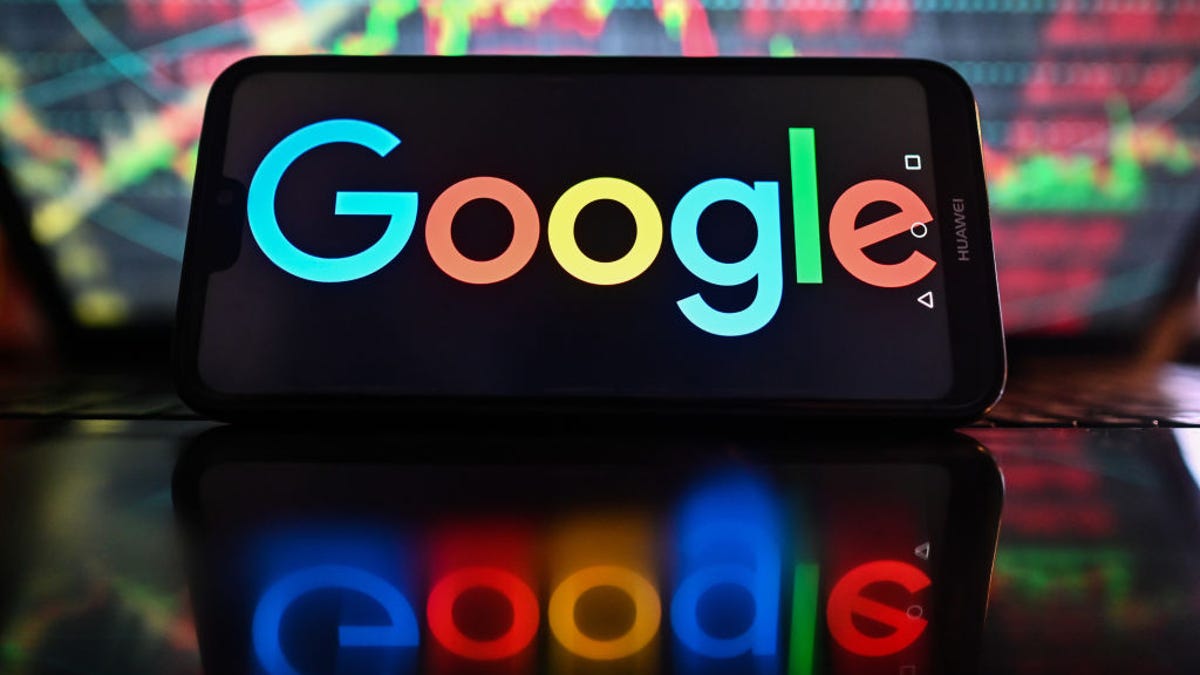
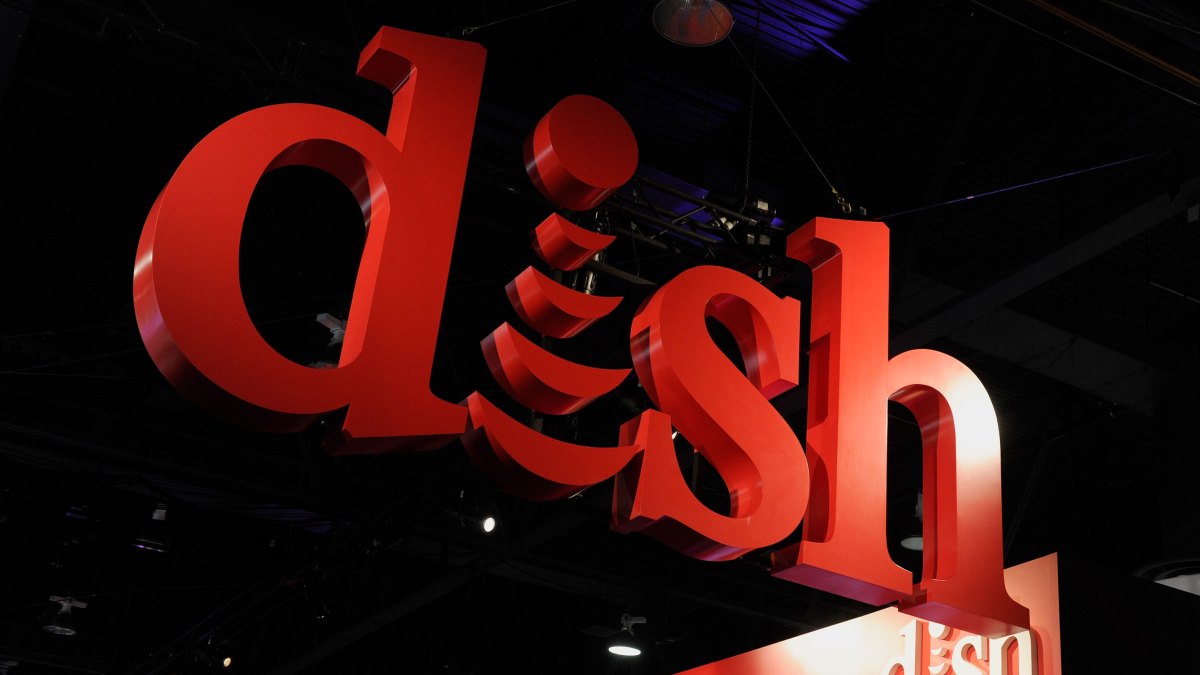
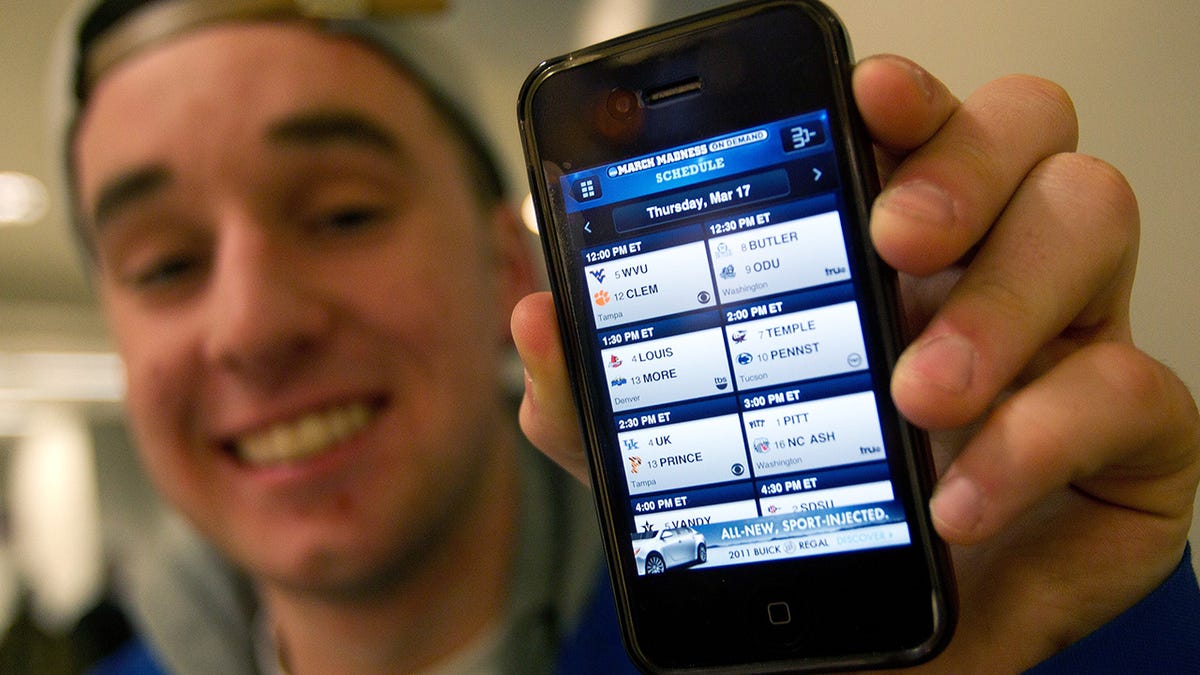
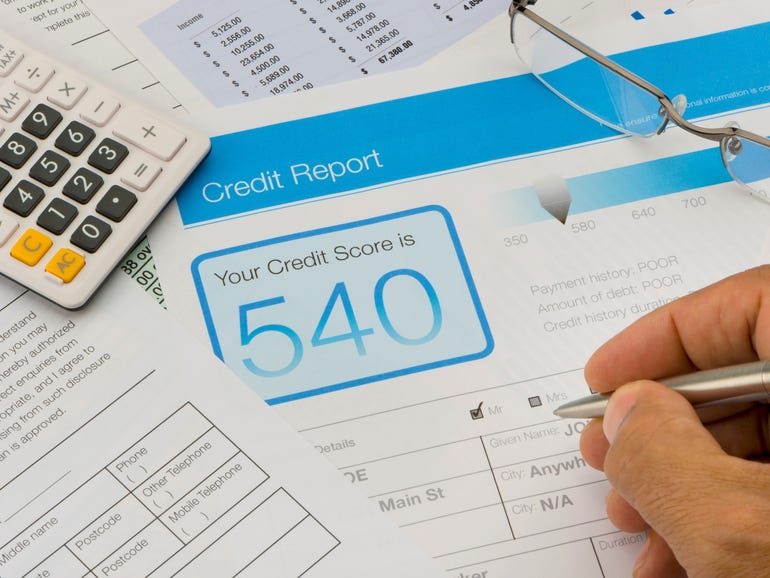
Pingback: Portland magic mushroom for sale
Pingback: tu peux vérifier
Pingback: buy magic mushroom capsules online uae
Pingback: 토렌트 다운
Pingback: mushroom dispensary denver